Treating Pecan Leaf Blotch – Learn About Leaf Blotch Of Pecans

Caroline Bloomfield
Leaf blotch of pecans is a fungal disease caused by Mycosphaerella dendroides. A pecan tree afflicted with leaf blotch is generally a fairly minor concern unless the tree is infected with other diseases. Even so, treating pecan leaf blotch is an important step to maintaining the overall health of the tree. The following pecan leaf blotch info discusses the symptoms of the disease and pecan leaf blotch control.
Pecan Leaf Blotch Info
A minor foliage disease, leaf blotch of pecans occurs throughout the pecan growing region. Symptoms of a pecan tree with leaf blotch first appear in June and July, and primarily affect less than healthy trees. Older foliage and weak or frail trees are more susceptible. The first symptoms appear on the underside of mature leaves as small, round, green velvety spots, while on the upper surface of the leaves, pale yellow blotches appear. As the disease progresses, by midsummer black raised dots can be seen in the leaf spots. This is a result of wind and rain whisking away the fungal spores. The spotting then runs together to form larger, shiny black blotches. Small leaflets may also develop spots and drop from the tree. If the disease is severe, the nuts will ultimately turn black and will display indented spots, and the tree’s foliage will drop prematurely in late summer to early fall. Once the nut has become entirely black, it too will fall from the diseased portion of the tree. Not only are the fruits wasted, but this condition can result in a decline of the tree’s vitality, along with a weakened resistance to infection from other diseases.
Pecan Leaf Blotch Control
The leaf blotch fungus is able to overwinter in fallen leaves. A good practice for controlling the disease is to clean up leaves before winter sets in and remove the old fallen foliage in early spring just as the frost is thawing. Before deciding on purchasing and planting a new pecan tree, it’s a good idea to consult with your local nursery experts who may be able to guide you in buying trees that show a history of being more disease resistant. Otherwise, those treating pecan leaf blotch commonly depends on the use of fungicides. The best recommendation is to contact your local agricultural extension agency to learn about your options before spraying your pecan trees. If you choose to treat the tree with a fungicide, it should first be sprayed after the tree has pollinated. A good way to tell whether this has happened is that the nutlet tips will have turned brown. Experts say a second spraying should take place about a month later.
Gardening tips, videos, info and more delivered right to your inbox!
Sign up for the Gardening Know How newsletter today and receive a free copy of our e-book "How to Grow Delicious Tomatoes".

Amy Grant has been gardening for 30 years and writing for 15. A professional chef and caterer, Amy's area of expertise is culinary gardening.
- Caroline BloomfieldManager of Marketing Communications
-
 What Is A Pollinator Garden? Grow Gorgeous Blooms While Benefiting Your Local Ecosystem
What Is A Pollinator Garden? Grow Gorgeous Blooms While Benefiting Your Local EcosystemPollinator gardens look great and also provide a diverse ecosystem that benefits your local pollinating insects and animals. Get started today with this guide!
By Bonnie L. Grant
-
 5 Tough Urban Trees That Thrive In Cities – Top Picks For Urban & Suburban Landscapes
5 Tough Urban Trees That Thrive In Cities – Top Picks For Urban & Suburban LandscapesExplore the best urban trees that will add value to even the most challenging of landscapes. Get growing with these ideas and enjoy all the benefits of trees.
By Teo Spengler
-
 From Harvest To Table: How To Make The Perfect Pecan Pie
From Harvest To Table: How To Make The Perfect Pecan PieFall is pecan harvest time, which means it’s also time for the perfect pecan pie recipe. Read on for more.
By Amy Grant
-
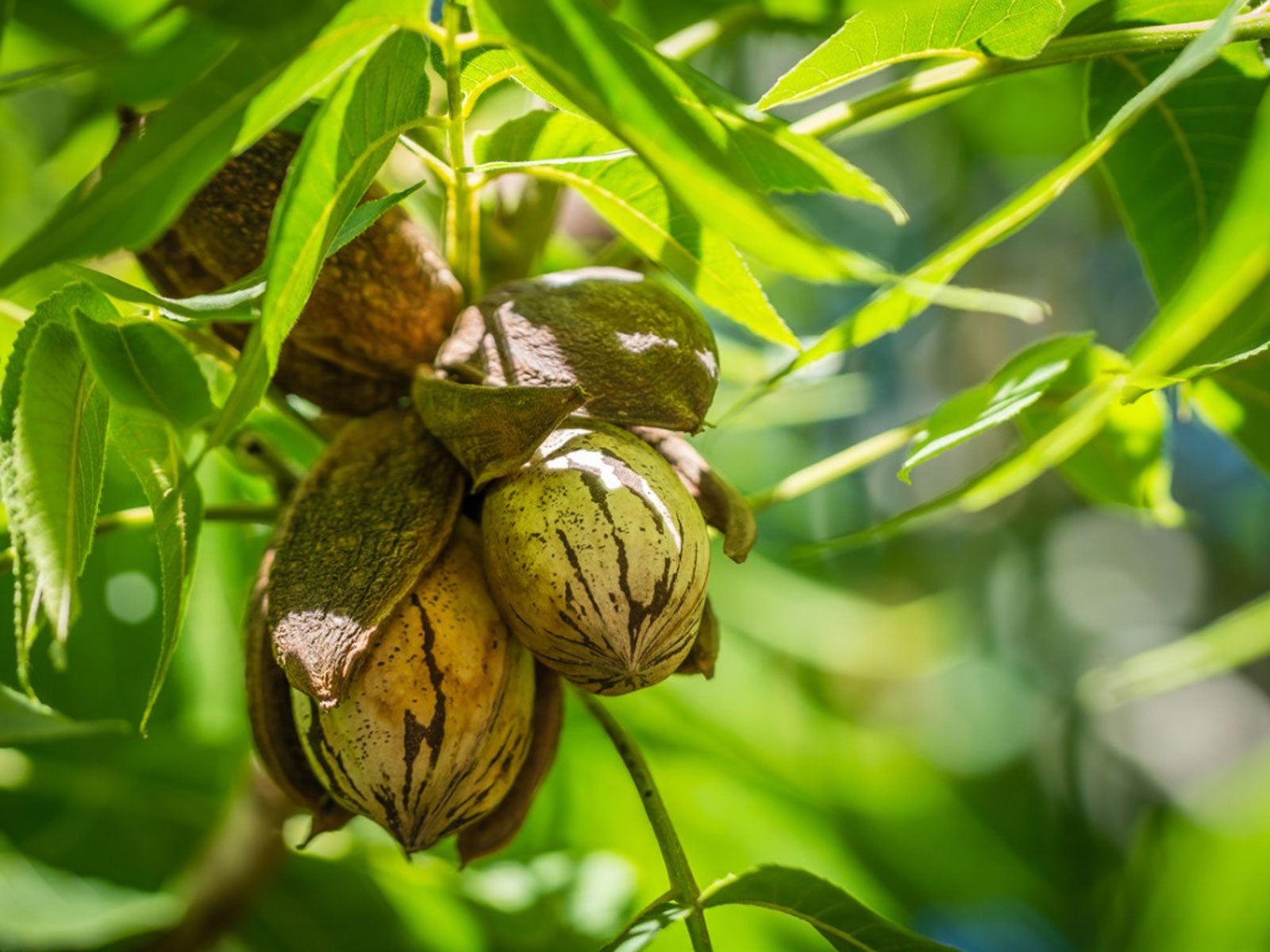 Root Pecan Cuttings – Can You Grow Pecans From Cuttings
Root Pecan Cuttings – Can You Grow Pecans From CuttingsPecans are delicious, so much so that if you have a mature tree, your neighbors are likely envious. You may want to root pecan cuttings in order to grow a few trees for gifting. Will pecans grow from cuttings though? Click here for info on pecan cutting propagation.
By Teo Spengler
-
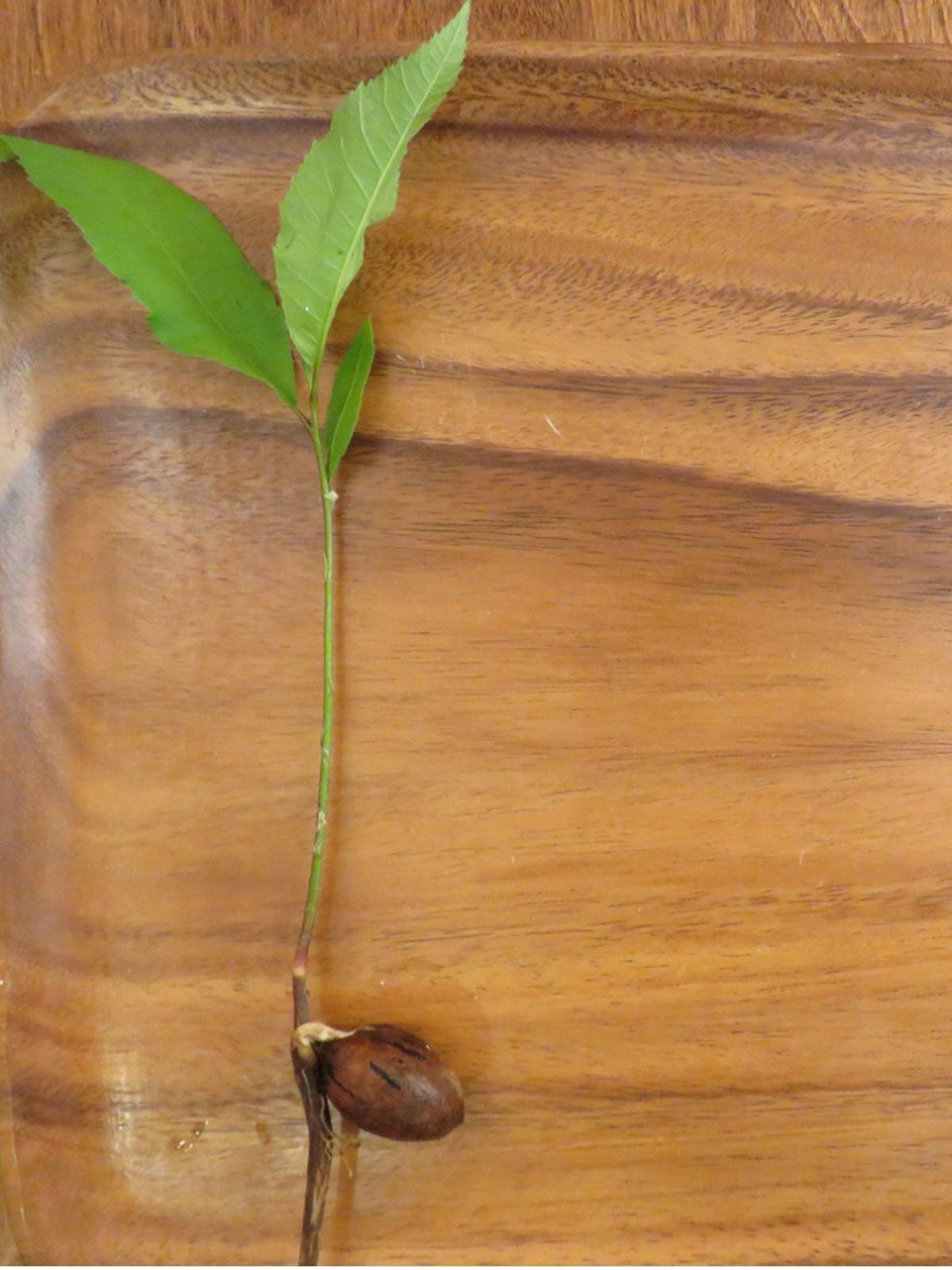 How To Plant Pecans: Learn About Sowing Pecan Seeds
How To Plant Pecans: Learn About Sowing Pecan SeedsGrowing pecans from seed is not as simple as it sounds. Sowing pecan seeds is only one step in a complex process of growing a nut producing tree. Can you plant a pecan seed? Click here to find out and get tips on how to plant pecans and pecan seed germination.
By Teo Spengler
-
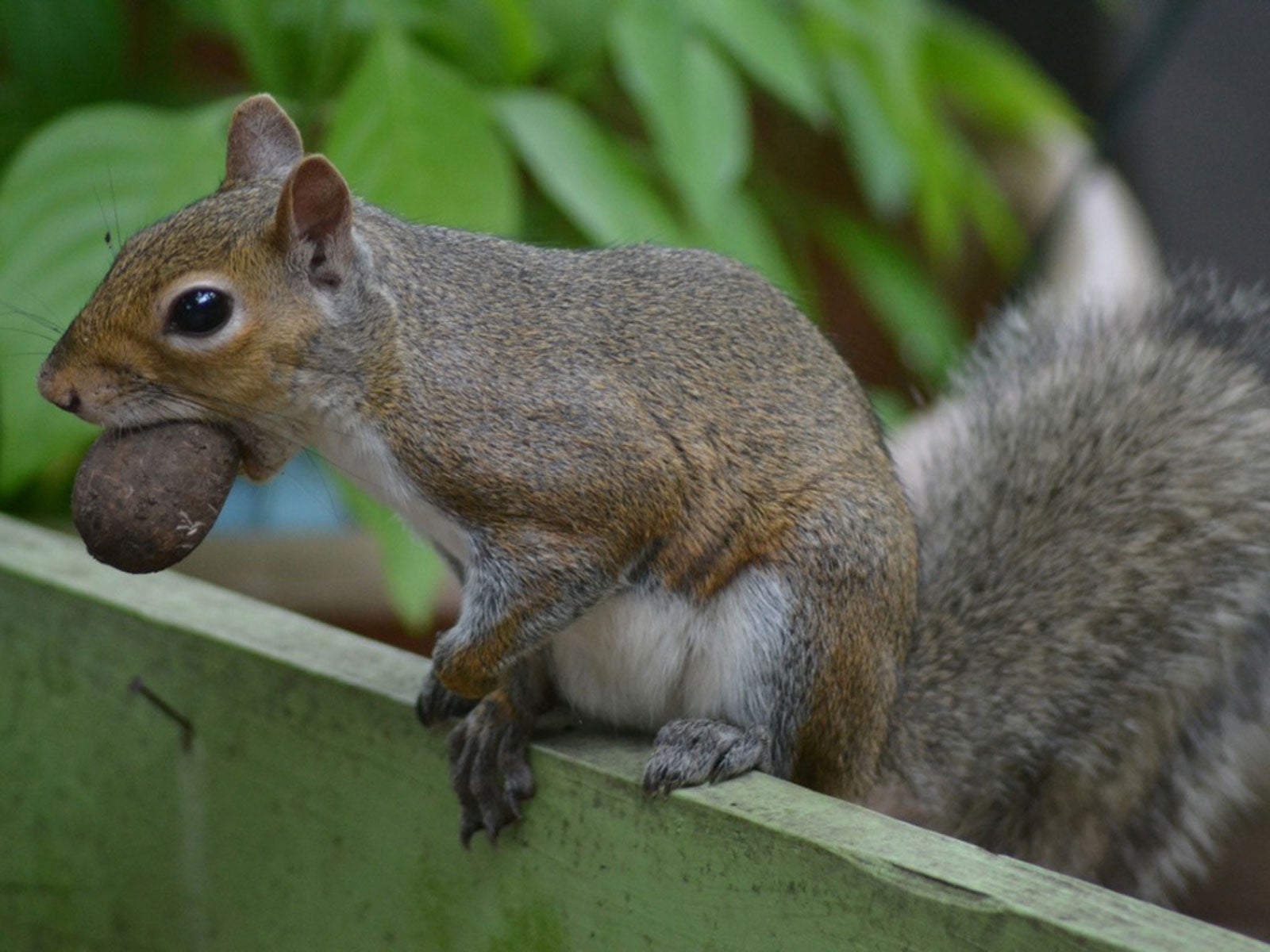 Help, Pecans Are Gone: What’s Eating My Pecans Off The Tree
Help, Pecans Are Gone: What’s Eating My Pecans Off The TreeIt’s definitely unpleasant to walk outside to admire your pecan tree and find half your nuts are gone! You may begin to wonder what could be eating your pecans. Click this article for ideas on different pests that eat pecans so you can save more of the tasty nuts for yourself.
By Teo Spengler
-
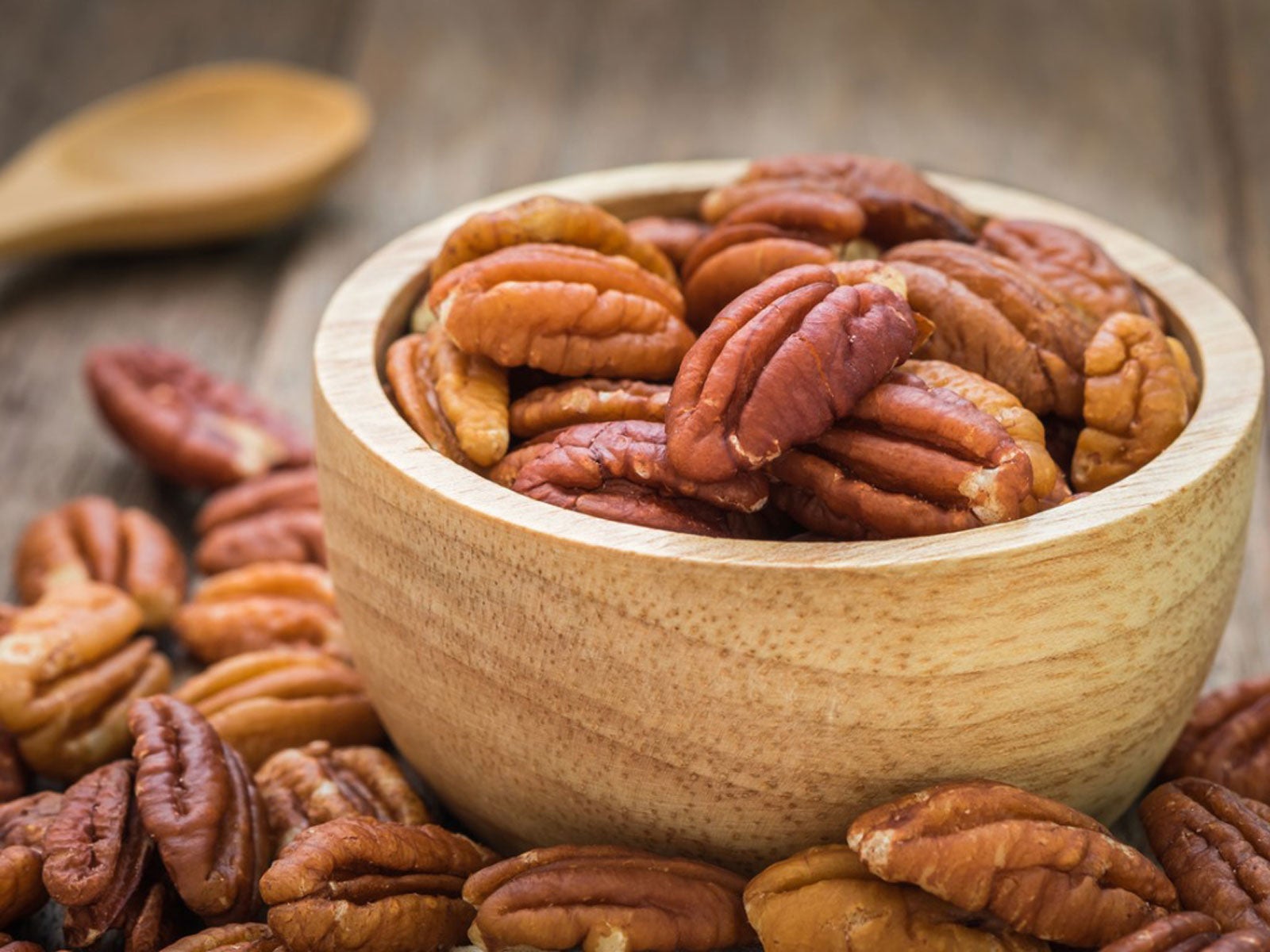 Using Pecans In The Kitchen: What To Do With Pecans
Using Pecans In The Kitchen: What To Do With PecansWith such a large quantity of nut production, one might wonder what to do with pecans. Cooking with pecans is the most common of uses, but there are other ways of using pecans. If you are lucky enough to have access to a pecan tree, learn how to use pecans here.
By Amy Grant
-
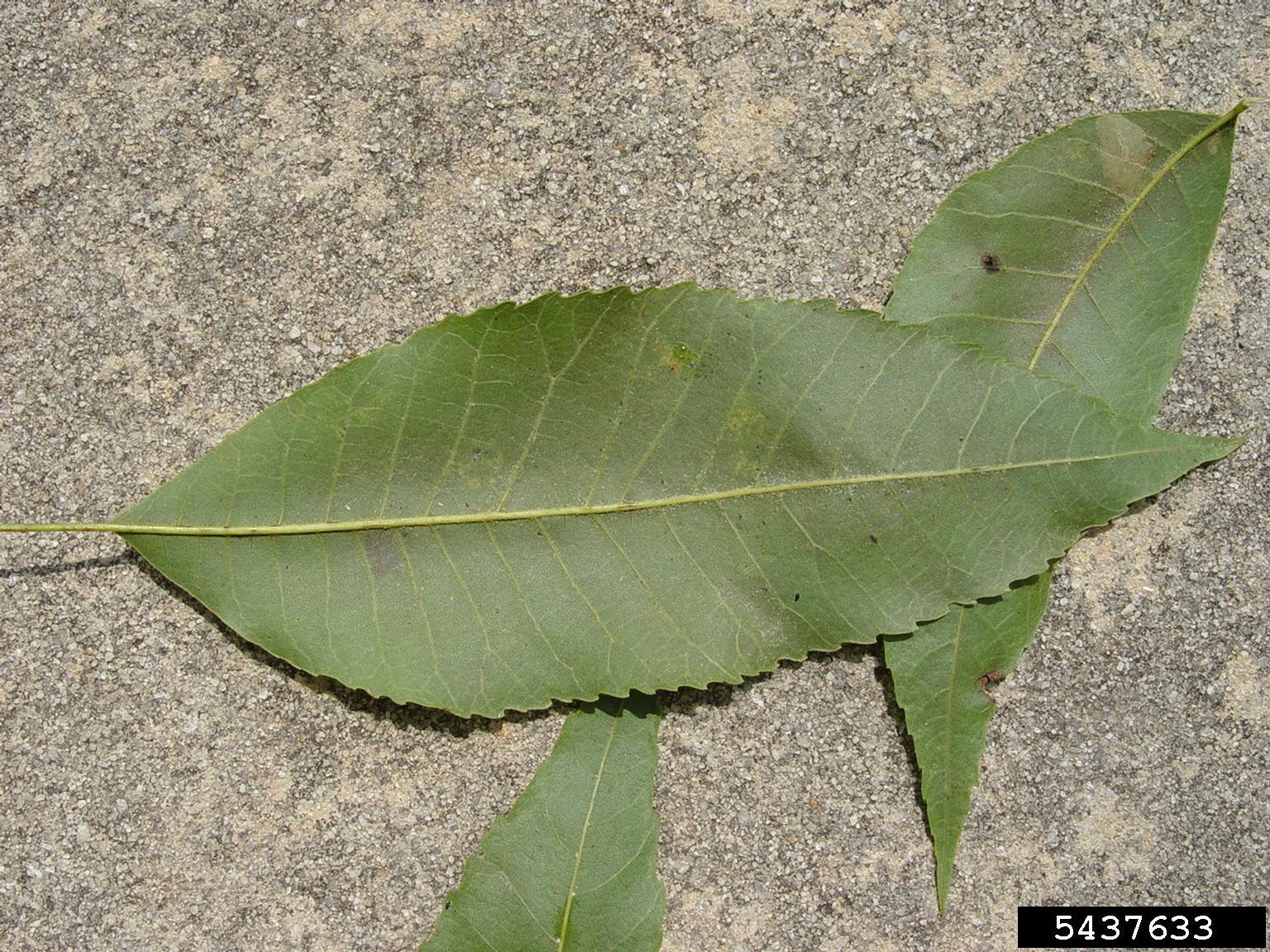 Pecan Bacterial Leaf Scorch: Treating Bacterial Leaf Scorch Of Pecans
Pecan Bacterial Leaf Scorch: Treating Bacterial Leaf Scorch Of PecansWhile pecan bacterial leaf scorch (PBLS) does not kill pecan trees, it can result in significant losses. The following article discusses the symptoms and treatment for a pecan tree with bacterial leaf scorch. Click here for more information.
By Amy Grant
-
Pecan Downy Spot Control – How To Treat Downy Spot Of Pecans
Downy spot of pecans is a fungal disease affects the overall vigor of the tree, thus pecan downy spot control is integral to its health. The following article contains information on pecan downy spot symptoms and tips for treating a pecan tree with downy spot.
By Amy Grant
-
Pecan Vein Spot Control – Learn About Pecan Vein Spot Disease
Pecan vein spot disease is caused by the fungus Gnomonia nerviseda. The disease does not appear on shoots or nuts, only foliage and only in pecan trees. The good news is that the disease is infrequent, causes little crop loss and can be prevented. This article will help.
By Bonnie L. Grant